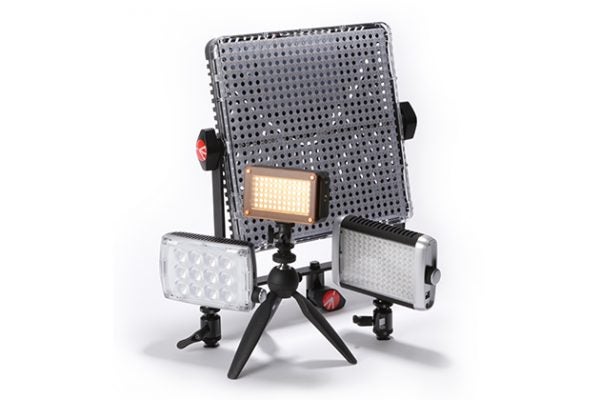The popularity of the light-emitting diode has led to a decline in flash tubes, but why is the LED so popular?
I am told that there is a worldwide decline in the market for flash tubes. My source is a large Chinese manufacturer of these components. For this company, the cause is the rise of the light-emitting diode (LED) light source, but the full story is more complex than that.
As sources of light, the white LED and the xenon flash tube have quite similar efficiency, even though they work in different ways. The xenon flash tube is simply a glass tube filled with xenon gas at a low pressure. By passing an electric current through the gas, it is heated to a sufficient temperature to form a plasma – a mix of disassociated atomic nuclei and electrons. This produces light in two ways. First, simply by being so hot, it emits electromagnetic radiation, as any hot body must. Second, those xenon atoms that are not dissociated are raised to energetic states, and release the excess energy by releasing photons – particles of light.
The spectrum produced by a xenon tube is quite similar to sunlight, which has made it a preferred source of artificial lighting for still photography. Its disadvantage is that passing sufficient current to produce light requires use of high voltages, which in turn means that xenon flashes include potentially dangerous and difficult to design circuitry.
The LED also emits light due to energetically excited atoms releasing the excess energy as photons. In this case the atoms are contained in a semiconductor die, and only a small voltage is necessary to produce sufficient current to excite them, so the driving circuitry is simpler and cheaper to produce. The LED produces light only at a single wavelength (colour), and in order to make it produce white light the LED chip is coated with a phosphor, which converts the monochromatic light to a jumble of colours that we perceive as white. Cameras are a little more choosy and not all LEDs produce good colour rendition.
The LED became popular in photographic applications for two reasons. The first was as an auxiliary light source for mobile-phone cameras, for which the inclusion of the high-voltage circuitry for a xenon tube would have been a significant inconvenience. The second was its use in video lighting. Prior to its use, this had depended on high-power incandescent lighting, which is far less efficient than the two light sources discussed so far, with the result that it generates a large amount of heat and requires a great deal of power.
Using incandescent lighting, battery-powered lighting was never a practicable proposition. The LED, which provides an efficient continuous light source, provided a solution to that particular issue. However, in doing so, it also provided an alternative for still photography. While the LED cannot emit a short burst of light with an intensity that matches a xenon tube, it can still be an effective light source for stills.
The xenon flash lasts a few thousandths of a second, while the LED, being continuous, can be used with longer exposures, increasing the amount of light captured. Further, modern digital cameras need much less light to produce good results than their film forebears did. These two factors mean that in many circumstances the LED forms a convenient portable light source, with the added advantage that it is usable for both stills and video.
Bob Newman is currently Professor of Computer Science at the University of Wolverhampton. He has been working with the design and development of high-technology equipment for 35 years and two of his products have won innovation awards. Bob is also a camera nut and a keen amateur photographer





